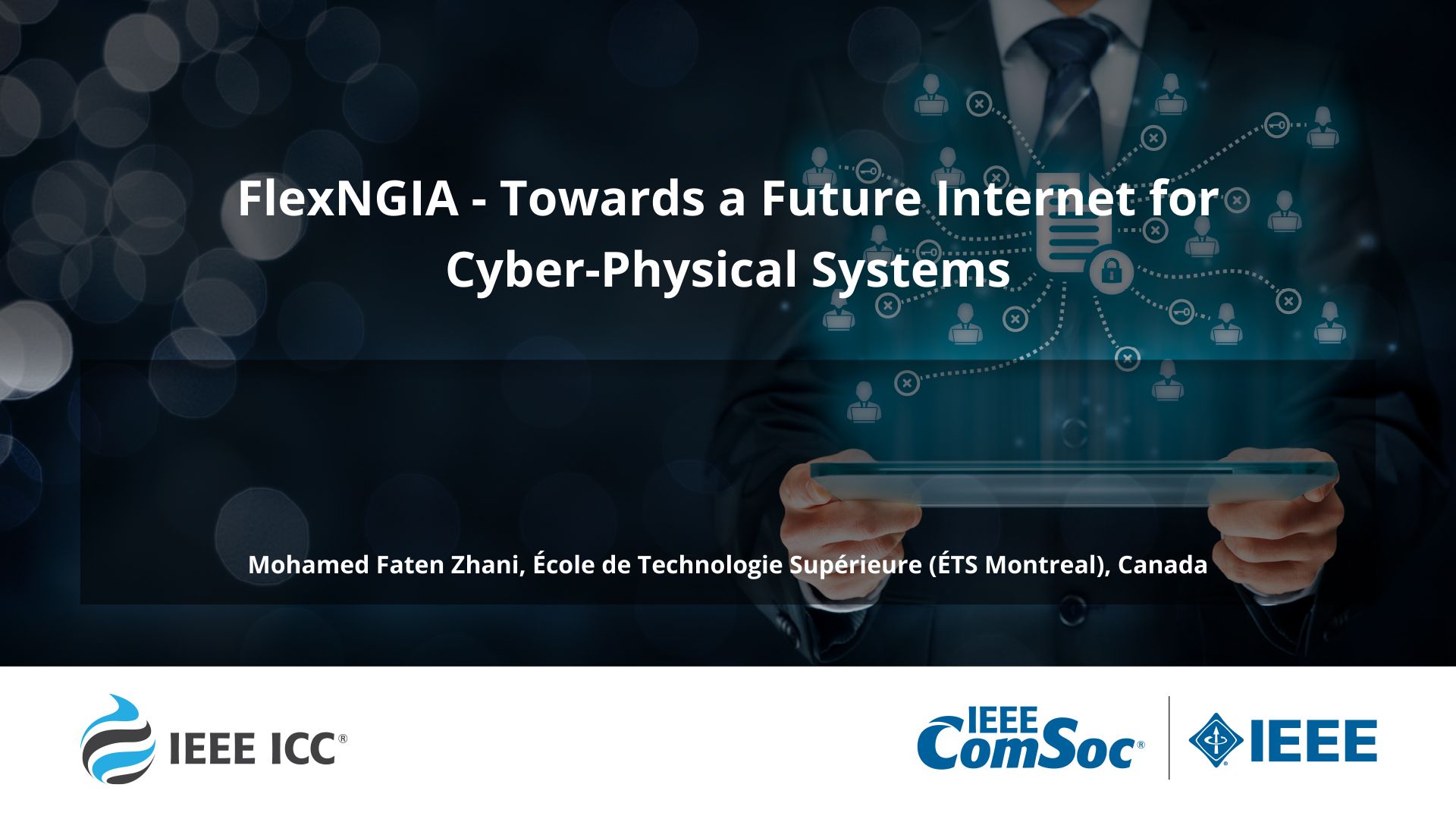
Description
Virtual reality and teleportation, to telepresence, augmented reality, and remotely‑controlled robotics are future applications that are bound to achieve unprecedented development for society, economics and culture and to revolutionize the way we live, learn, work and play. Unfortunately, today’s Internet is simply not able to provide the stringent performance requirements needed by such applications to run smoothly and to offer a perfect quality of experience. This is due to several fundamental limitations in the design of the current network architecture and communication protocols. As a result, it is now the time to put into question the tenets of today’s Internet and think novel architecture and protocols that take into account recent technological advances in cloud computing, virtualization and network softwarization to design the future Tactile Internet. In this talk, we start by analyzing the characteristics and requirements of future cyber-physical systems and highlight the limitations of the today’s Internet architecture and protocols. We then provide an overview of FlexNGIA (www.FlexNGIA.net), a Flexible Next-Generation Internet Architecture that leverages cloud computing infrastructures, services and technologies as the keystone of the future Internet providing high performance and fully flexibility for future Internet applications and services to ensure the highly-integrated computation, communication, control, and physical elements requested by cyber-physical systems. We also discuss through some use-cases how FlexNGIA could ensure the performance guarantees required by some of the future cyber-physical systems and applications.
Event
IEEE International Conference on Communications 2021
Presenters
Mohamed Faten Zhani, École de Technologie Supérieure (ÉTS Montreal), Canada
ComSoc Member Price
$0.00
IEEE Member Price
$15.00
Non-Member Price
$25.00


